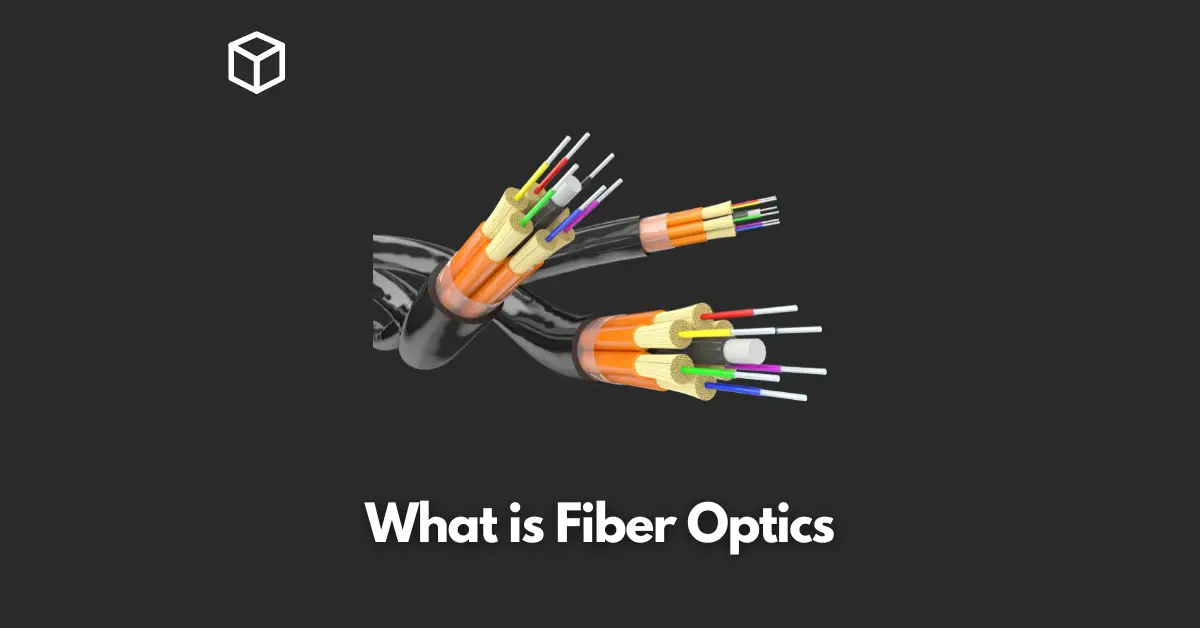The demand for faster and more reliable data transmission is at an all-time high.
With the increasing use of streaming services, online gaming, and remote working, the need for a technology that can handle large amounts of data at high speeds has never been greater.
This is where fiber optics comes in.
Fiber optics is a technology that uses thin strands of glass or plastic to transmit data over long distances.
These fibers are so thin that they are about the diameter of a human hair.
But despite their small size, they are able to transmit large amounts of data at incredibly high speeds.
In this article, we will explore the advantages, applications, and maintenance of fiber optics.
Advantages of Fiber Optics
One of the main advantages of fiber optics is its high bandwidth capacity.
With traditional copper cables, data transfer speeds are limited to a few gigabits per second.
With fiber optics, however, data transfer speeds can reach up to 100 gigabits per second or even higher.
This means that fiber optics is able to handle much more data at once, making it perfect for high-demand applications like streaming services and online gaming.
Another advantage of fiber optics is its ability to transmit data over long distances without losing signal strength.
Traditional copper cables can only transmit data a few thousand feet before the signal begins to degrade.
With fiber optics, data can be transmitted over distances of up to 100 miles or more without losing signal strength. This makes it ideal for connecting remote areas to the internet.
Fiber optics are also resistant to electromagnetic interference, which can cause data errors and slow down transmission speeds.
This makes it a more secure option for sensitive information and business communication.
Applications of Fiber Optics
Fiber optics is currently being used in a wide range of industries and applications.
One of the most common uses is for internet service providers (ISPs) to connect homes and businesses to the internet.
Fiber optics is also used in telecommunications to transmit voice and data between different locations.
It is also commonly used in medical imaging to transmit high-resolution images and videos between medical facilities.
Fiber optics is also being used in emerging technologies like 5G and the Internet of Things (IoT).
5G is the next generation of mobile networks, and fiber optics is being used to connect the base stations that provide 5G coverage.
In IoT, fiber optics is being used to connect devices and sensors to the internet, allowing them to transmit data in real-time.
Installation and Maintenance
Installing fiber optic cables requires specialized equipment and trained professionals.
The process involves digging trenches to bury the cables, splicing the fibers together, and connecting them to the appropriate devices.
The cost of installation can vary depending on the distance and location of the cables.
Once the fiber optics are installed, the maintenance required is minimal.
The cables are protected by a hard plastic coating, which makes them resistant to damage.
However, the connections and devices that the fibers are connected to may require regular maintenance.
The cost of maintenance is relatively low, especially when compared to the cost of upgrading to fiber optics.
Conclusion
In conclusion, fiber optics is a technology that is becoming increasingly important in today’s digital world.
With its high bandwidth capacity, ability to transmit data over long distances, and resistance to electromagnetic interference, it is the perfect solution for high-demand applications like streaming services and online gaming.
Additionally, it’s also being used in emerging technologies like 5G and IoT. The cost of installation and maintenance may be high, but the benefits far outweigh the costs.
If you are considering upgrading your data transmission technology, fiber optics is definitely worth considering.
As the demand for faster and more reliable data transmission continues to grow, the importance of fiber optics will only continue to increase.
So, make sure to upgrade your data transmission technology to Fiber Optics to stay ahead in the digital landscape.




